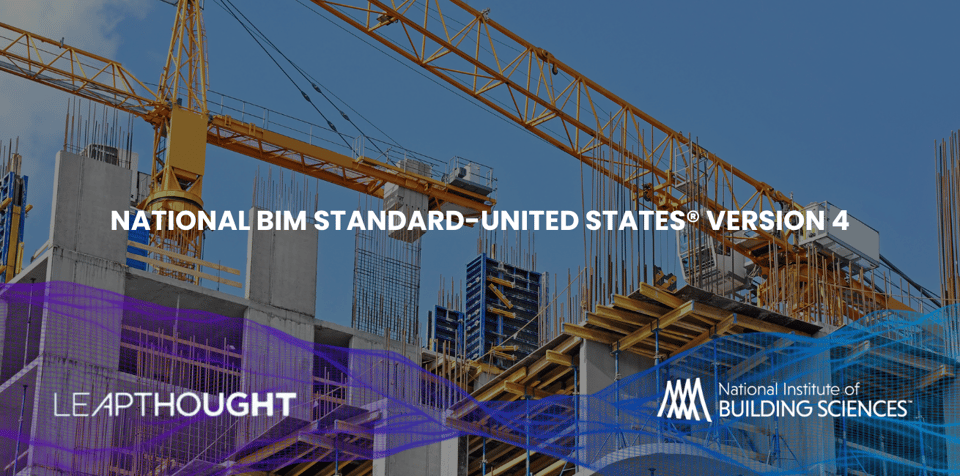For the construction industry, Building Information Modeling (BIM) offers not only tangible benefits like cost reduction and efficiency gains but also intangible advantages such as enhanced collaboration and increased transparency. When extended beyond traditional design and construction to encompass infrastructure projects – highways, bridges, railroads – BIM addresses major industry hurdles.
Using BIM for infrastructure projects helps to overcome obstacles associated with fragmented data management across systems and project phases. BIM-powered systems, built on the principles of efficiency, collaboration, interoperability, and future-proofing, effectively break down these silos. We take a closer look at BIM for infrastructure and explore the benefits in depth.
BIM for infrastructure
BIM for infrastructure is an “open standards-based collaborative work method for structuring, managing, and using data about transportation assets and networks throughout their life cycles,” according to the Federal Highway Administration. BIM makes it possible for all of the facility’s data to be centralized in a digital, calculable model, through the use of open standards for data modeling, processing and sharing. Data created within and across the different phases of the asset lifecycle—in various data models—are integrated to create a unified information model, creating a Single Source of Truth for knowledge sharing and decision making. This uniform information model is managed in a common data environment (CDE).
PRIMARY USE CASES
BIM offers valuable use cases throughout the infrastructure project lifecycle, including but not limited to:
- Geotechnical investigations: Conducting thorough subsurface analyses for informed road design decisions.
- Clash detection: Identifying and resolving potential conflicts between design elements early in the process, minimizing rework and delays.
- 4D scheduling: Visualizing and optimizing project timelines, integrating time and cost considerations for enhanced project control.
- Construction planning and progress tracking: Streamlining communication and ensuring projects stay on schedule and within budget.
- Asset handover and management: Facilitating the seamless transfer of design data for effective operation and maintenance of infrastructure assets.
- Asset condition forecasting: Proactively predicting and planning for future maintenance needs, ensuring the longevity and sustainability of infrastructure projects.
Benefits of BIM for infrastructure professionals
BIM offers a compelling value proposition for AECO professionals working on infrastructure projects with a wide range of benefits:
- Enhanced data interoperability: By leveraging a CDE, BIM fosters seamless data exchange and collaboration throughout the project lifecycle. This improved communication and coordination between stakeholders leads to better-informed decisions.
- Increased efficiency: BIM streamlines information exchange processes, eliminating redundancies in data collection and improving communication, resulting in more transparent and efficient workflows that support effective decision-making across all project stages.
- Improved productivity: Collaboration is at the heart of BIM, leading to significant time savings on tasks like data collection and documentation. Additionally, using a uniform information model from design to post-construction maintenance eliminates redundancies and delays through early clash detection and proactive issue resolution.
- Reduced risk: BIM empowers AECO professionals to maintain high design and construction quality. This is achieved through access to high-quality and reliable data, improved feasibility studies, and the use of simulation models and prefabrication techniques, all contributing to optimized processes and reduced risks.
- Reduced costs: BIM's impact extends beyond efficiency gains and risk mitigation. It also contributes to reduced construction cost overruns through cost predictability, minimized rework, and elimination of redundancies. Indirect benefits include reduced claims and litigation, and decreased staff turnover.
Maximizing the value of BIM for infrastructure
BIM goes beyond minimizing information loss and streamlining processes; it unlocks significant cost savings and productivity gains across the entire project lifecycle, from design to post-construction asset management.
The growing adoption of BIM in infrastructure projects worldwide, particularly among engineers, planners, and contractors, is a testament to its transformative potential. Government agencies around the world are actively promoting BIM adoption, recognizing its ability to deliver high-quality infrastructure projects while minimizing costs and risks.
We’ve seen the benefits of widespread BIM adoption firsthand in countries like Singapore, New Zealand, and the U.K.—and the U.S. is making a substantial push now, too. The Department of Transportation Federal Highway Administration rolled out Advancing BIM for Infrastructure in 2021 and BIM Practices in Highway Infrastructure in 2022 in its drive for increased adoption in the sector.
BIM is undoubtedly the future of infrastructure development. By embracing BIM and its associated workflows, AECO professionals can gain a competitive edge and contribute to building a more sustainable and efficient infrastructure future.
Find out how LeapThought’s FulcrumHQ integrated digital delivery platform is being used today for infrastructure like this mass rapid transit project.






